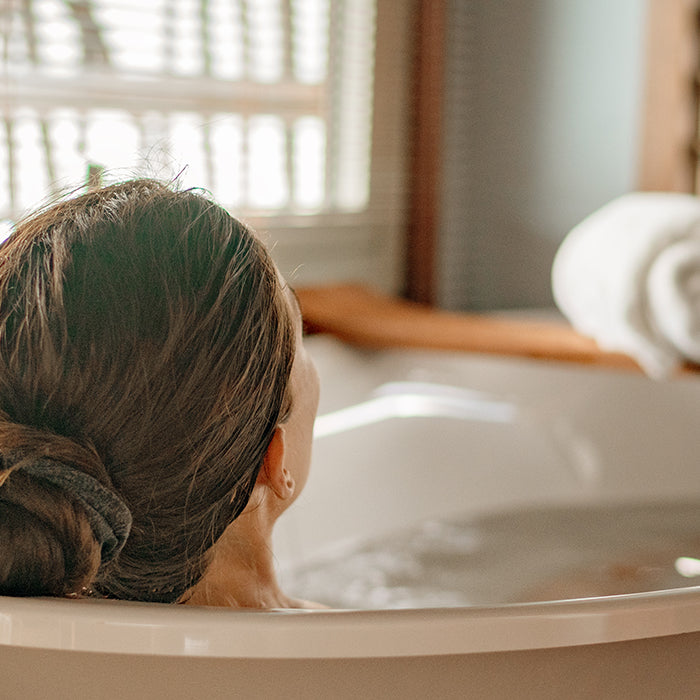

How Light Sleepers Can Get Better Rest
Brian Acton
When you’re a light sleeper, disturbances such as light and noises can interrupt your sleep and keep you from getting a good night’s rest. Light sleepers are more easily awakened and may have trouble falling back asleep once they’re disturbed. In the long run, a lack of quality sleep can contribute to a wide variety of health problems.
If you find yourself consistently waking up in the middle of the night, you should take action to reduce nighttime wakeups and get a better night’s sleep. Here are some ways for light sleepers to get better rest.
1. Get Tested for Sleep Apnea
Do you snore, gasp, choke, and frequently wake up during the night? Do you feel just as tired during the day as you do at bedtime? If so, this could be a sign of obstructive sleep apnea, a condition in which your airway closes off and interrupts natural breathing as you sleep. If you suspect you might have sleep apnea, you should see your doctor, who may refer you to a sleep specialist to get tested.
Of course, sleep interruptions and snoring aren’t a surefire sign of sleep apnea - most people who snore don’t have the condition. But if you do, it’s worth looking into.
2. Reduce Light in the Bedroom
Light pollution from outside your home and light sources in your bedroom could be contributing to your nighttime wakeups. To reduce the frequency of your wakeups, you can take steps to reduce environmental light:
• Install blackout shades or window decals to drastically reduce the amount of light coming in through your windows.
• Sleep masks can reduce or eliminate any outside light from reaching your eyes.
• Turn off televisions and put away electronics that emit light to keep your bedroom dark.
3. Reduce Noise in the Bedroom
Noises from inside and outside your home can also rouse you from sleep. You may need to do some work to reduce wakeups caused by loud or strange noises.
• Ear plugs can help reduce or block outside noises.
• White noise machines or fans create a soothing low-level noise that drowns out other disturbing sounds.
• Reposition your bed against a wall with the least amount of noise on the other side.
• Soundproof your home using thick curtains or drapes, weather proofing doors, and rugs or carpets to reduce noise.
• Turn off unimportant phone notifications before bed.
4. Get Some Exercise
Consistent exercise is important for quality sleep, as moderate aerobic activity has been shown to increase longer periods of deeper sleep. If you want to get the best sleep possible, establish a consistent exercise routine with at least 30 minutes of moderate aerobic activity per session. Don’t exercise too close to bed - exercise causes the body to release endorphins that can keep you awake, so avoid exercising within a few hours of bedtime.
Sources:
https://www.bbc.com/news/magazine-27661394
https://www.bustle.com/articles/159242-11-noise-reduction-hacks-that-will-help-you-sleep-better-wake-up-feeling-rested
https://www.hopkinsmedicine.org/health/healthy-sleep/sleep-better/exercising-for-better-sleep
https://www.webmd.com/sleep-disorders/sleep-apnea/features/sleep-apnea-clues#1

